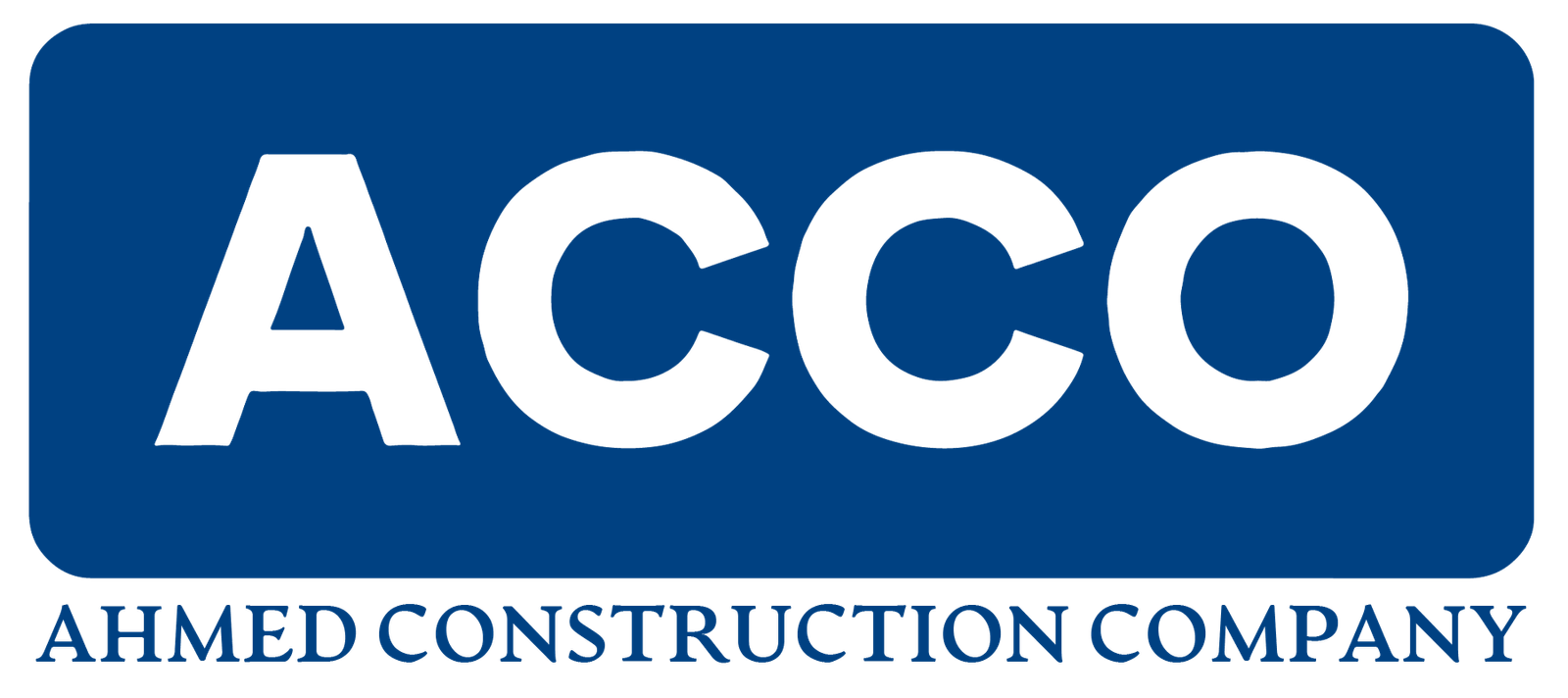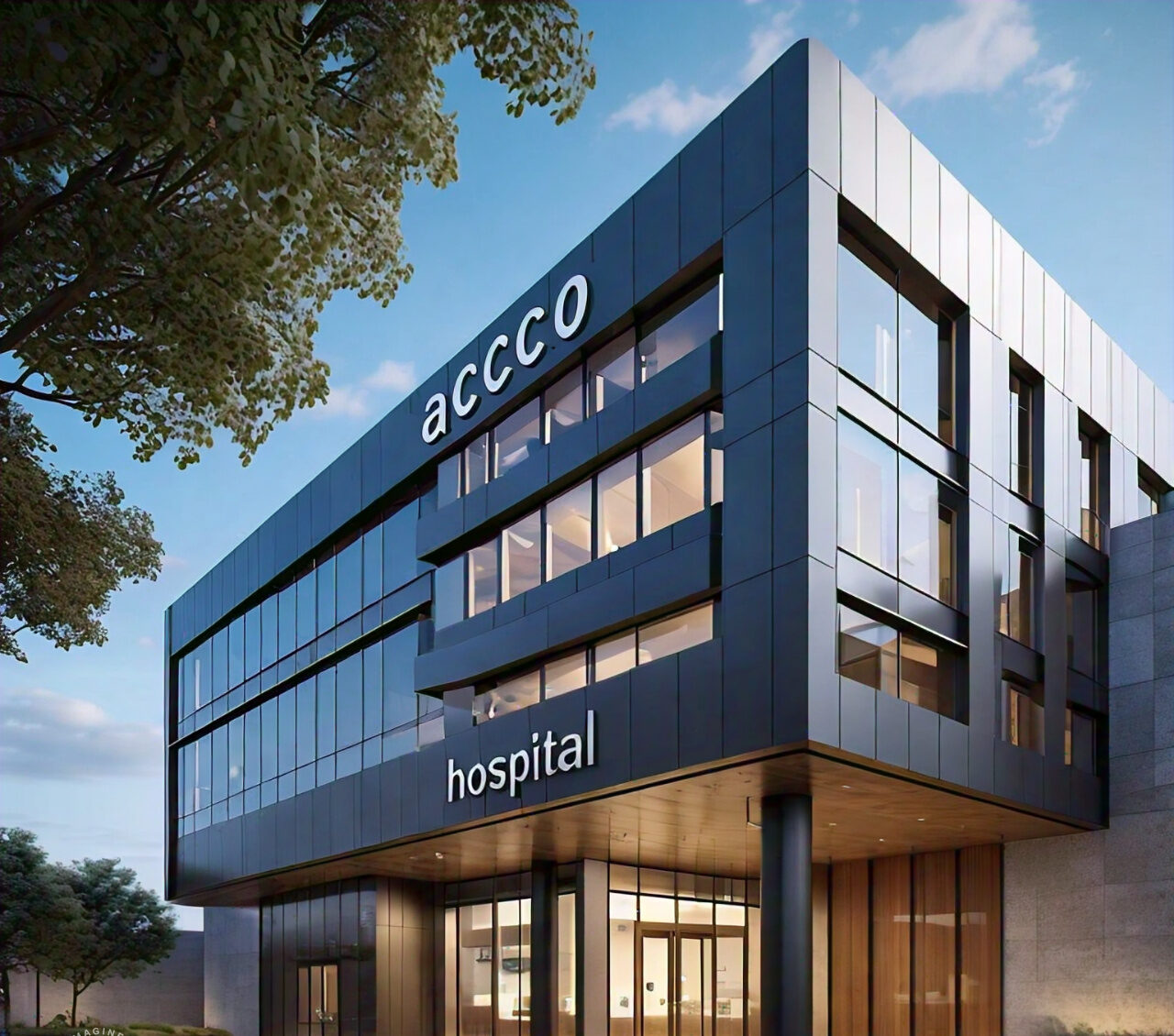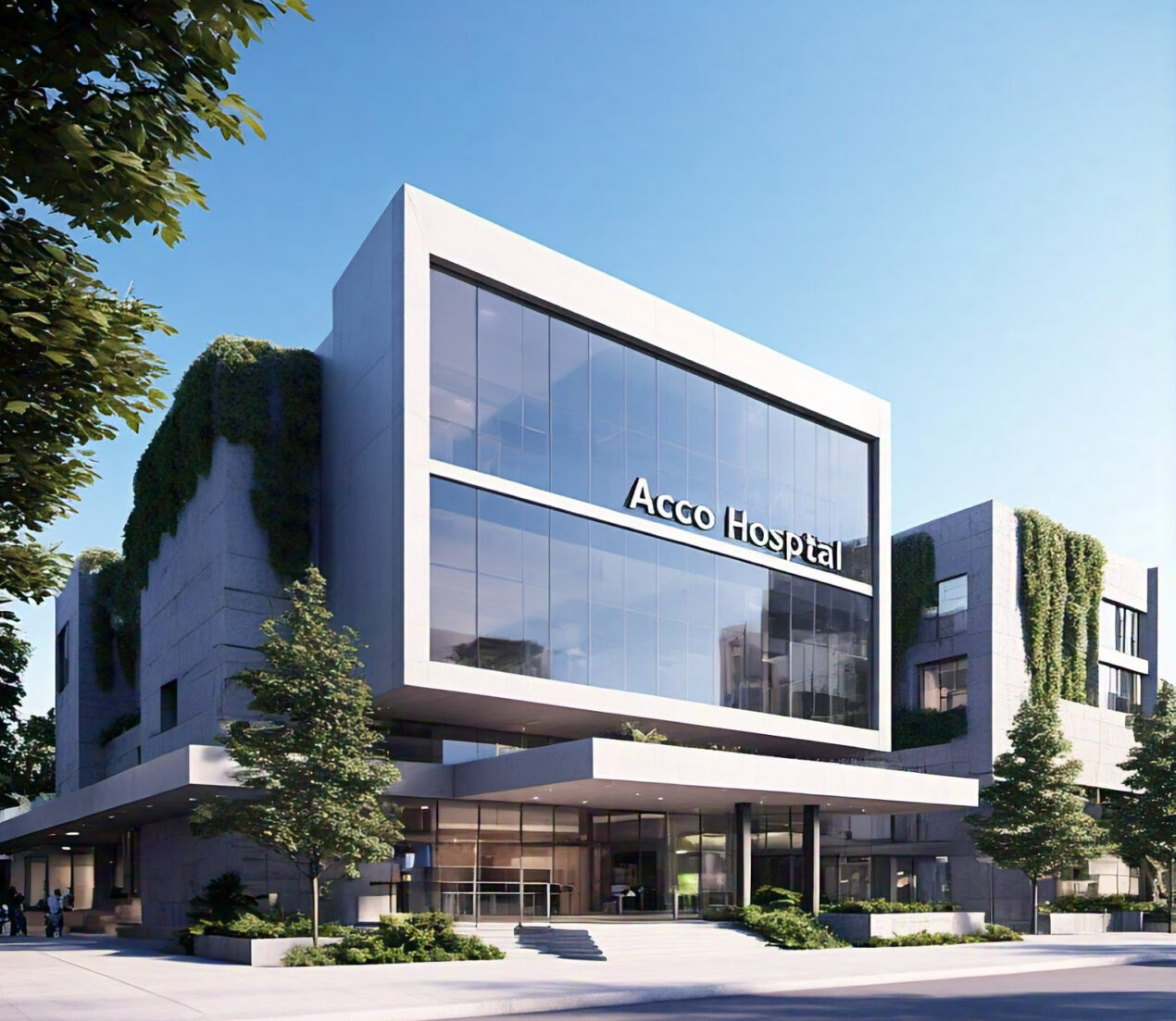
Mosque Architecture and Construction in Pakistan
ACCO Mosque Architecture and Construction in Pakistan – A Comprehensive Guide
Introduction
Mosques in Pakistan stand as iconic symbols of faith, art, and architectural grandeur. Over centuries, mosque architecture has evolved, reflecting both traditional Islamic styles and modern advancements. ACCO (Associated Consulting & Construction Organization) has emerged as a key player in mosque architecture and construction in Pakistan, blending heritage with innovation.
This article explores the history, design elements, structural aspects, sustainability, and challenges of mosque construction in Pakistan, highlighting ACCO’s contribution to this field.
Historical Significance of Mosque Architecture in Pakistan
Influence of Mughal and Islamic Architecture
Pakistan’s mosques showcase a strong Mughal and Persian influence, characterized by domes, minarets, and intricate geometric patterns. Some of the most famous historical mosques include:
Badshahi Mosque (Lahore) – One of the largest mosques in the world, built by Emperor Aurangzeb.
Faisal Mosque (Islamabad) – A modern architectural marvel with an unconventional design.
Evolution of Mosque Design in the Subcontinent
With changing times, mosque architecture has evolved from traditional domes and minarets to minimalist and contemporary structures. New materials and engineering techniques have enabled larger prayer spaces and energy-efficient designs.
ACCO’s Contribution to Mosque Architecture
Introduction to ACCO
ACCO (Associated Consulting & Construction Organization) is a leading construction firm in Pakistan specializing in mosque architecture. The company is known for its:
Integration of traditional and modern architectural elements
Use of sustainable and durable materials
Adherence to Islamic architectural principles
Notable Mosques Designed by ACCO
ACCO has been involved in designing and constructing several high-profile mosques across Pakistan. Some notable projects include:
State-of-the-art mosque designs in Lahore and Karachi
Renovation of heritage mosques while preserving original artistry
Design Elements in Mosque Architecture
Traditional vs. Modern Designs
Traditional mosques feature domes, calligraphy, and mihrabs (prayer niches).
Modern mosques incorporate minimalism, glass structures, and sustainable energy solutions.
Key Architectural Features
A mosque’s design typically includes:
Minarets – Tall towers for the call to prayer
Domes – Symbolizing the universe and unity in Islamic architecture
Mihrab and Minbar – Essential elements for leading prayers
Materials Used in Mosque Construction
Marble and sandstone for durability
Glass and steel for modern aesthetics
Wood and ceramic tiles for intricate carvings
Structural Aspects of Mosque Construction
Foundation and Structural Integrity
A mosque’s foundation must be strong enough to support heavy domes and expansive prayer halls. ACCO ensures:
Seismic-resistant designs in earthquake-prone areas
Use of reinforced concrete and steel frameworks
Domes, Minarets, and Arches
Domes enhance acoustics and symbolize divine unity.
Minarets are designed for aesthetic and functional purposes (call to prayer).
Arches add elegance while supporting large structures.
Acoustics and Ventilation
ACCO prioritizes sound engineering for:
Echo-free prayer halls
Cross-ventilation to reduce heat buildup
Sustainability in Mosque Architecture
Use of Green Building Materials
ACCO incorporates:
Solar panels to reduce electricity dependency
Eco-friendly bricks and recycled materials
Energy-Efficient Mosque Designs
Natural lighting through skylights
Water recycling systems for ablution areas
Challenges in Mosque Construction in Pakistan
Financial and Logistical Issues
Funding constraints for large-scale mosque projects
Limited availability of skilled craftsmen
Balancing Tradition and Modernity
Preserving historical elements while integrating new designs
Adapting to urban landscapes with space constraints
Case Studies of Notable Mosques Built by ACCO
ACCO’s expertise in mosque construction is evident in several key projects, such as:
A grand mosque in Lahore featuring a blend of Ottoman and Mughal architecture
A minimalist-designed mosque in Karachi with eco-friendly materials
Innovations in Mosque Construction by ACCO
Integration of Smart Technologies
Automated lighting and air conditioning
Digital screens for displaying prayer times
Climate-Responsive Designs
Passive cooling techniques to reduce heat absorption
Wind towers for natural airflow
Legal and Regulatory Considerations
Government Regulations and Permits
Mosque construction requires approval from local authorities
Strict compliance with urban zoning laws
Safety and Compliance Standards
Fire safety measures
Structural integrity assessments before approval
Future Trends in Mosque Architecture in Pakistan
Influence of Global Mosque Designs
Inspiration from Turkish and Middle Eastern mosques
Sleek, minimalist designs for urban settings
ACCO’s Vision for Future Mosque Projects
Developing iconic mosques with cutting-edge designs
Prioritizing sustainability and accessibility
FAQs
What makes ACCO unique in mosque construction?
ACCO blends traditional craftsmanship with modern engineering, ensuring durable and aesthetically pleasing mosques.How long does it take to build a mosque in Pakistan?
Depending on the scale, it can take anywhere from 6 months to 3 years.What materials are commonly used in mosque construction?
Marble, concrete, glass, and sustainable materials.Are there government regulations for mosque construction?
Yes, including zoning laws and safety compliance standards.What are the key features of a mosque built by ACCO?
Strong foundations, beautiful calligraphy, innovative technology, and energy efficiency.
Conclusion
Mosque architecture in Pakistan is a blend of tradition and modernity, and ACCO has played a pivotal role in shaping it. With a focus on sustainability, innovation, and craftsmanship, ACCO is set to redefine mosque construction for generations to come.







